Common name: Winter viburnum
Botanical name: Viburnum x bodnantense ‘Dawn’
Botanical family: Caprifoliacae – the honeysuckle family
Type: Makes medium to large-sized shrubs, capable of growing to more than 3m wide and tall.
Decorative features
Although the winter viburnum is not the most shapely of shrubs, it still manages to be highly decorative at specific points in the calendar.
The variety ‘Dawn’ is a hybrid of two species, namely Viburnum farreri and Viburnum grandiflorum, which used to be called Viburnum fragrans, an altogether more suitable name as this shrub is wonderfully fragrant from its small rounded clusters of tiny trumpet flowers.
‘Dawn’, like all of these species, is deciduous and in spring offers a good show of rich brown young foliage that soon turns green. The upright bush is unremarkable in summer, but shows good autumn colour in the leaves, followed by flowers just as the last of the leaves fall. The shrub flowers in early winter and again in spring from buds that remain dormant during the early winter flowering.
Garden use
Given that there are so few shrubs or, indeed, any other flowers that offer display in autumn and early winter, the fragrant viburnum is a great plant to add to the mix in all gardens.
It can be used as a single plant in a mixed border or in a shrubbery, usually placed towards the back of the border where it can meld into the background during the summer when at its least attractive.
Site requirements
The winter viburnum is quite tough and well able to stand up to the cold and wet winter weather. It tolerates wind very well, although the flowers last longer in a reasonably sheltered spot.
Some of the species are inclined to sucker and branches that touch the ground often take root, spreading to turn the bush into a thicket.
Soil requirements
Viburnum grows well in any ordinary garden soil, either alkaline or acidic. The ground should drain reasonably well after rain. This plant also grows easily from cuttings or by using suckers or layers that have rooted or that are deliberately made.
A greenhouse dramatically improves the range and quality of gardening and should be considered for any garden, large or small. A greenhouse can be any form of protective structure, including cold frames, low polythene tunnels or cloches, as well as walk-in polythene tunnels and glasshouses, which are more expensive but give the best results.
Greenhouse growing: The value of a greenhouse

In the greenhouse.
A greenhouse dramatically improves the range and quality of gardening and should be considered for any garden, large or small. A greenhouse can be any form of protective structure, including cold frames, low polythene tunnels or cloches, as well as walk-in polythene tunnels and glasshouses, which are more expensive but give the best results.
The greenhouse works by trapping heat from the sun. Sunlight penetrates the glass, hits a surface and becomes heat energy. The effect of increased temperatures has been likened to moving those few square metres of the garden about 1,500km to the south. This enables Mediterranean climate plants to be grown in pots. Vegetables and fruits that do not succeed well outdoors and many other plants that survive outside but thrive with some extra warmth also do well in a greenhouse.
A greenhouse not only offers improved growing conditions but it also allows a far wider range of decorative plants to be raised from seeds and cuttings. Even a small cold frame, made of a wooden frame with scrap window covering, can make a difference to the scope of the garden at practically no cost.
Trees, shrubs and roses
It is a good time to plant hedges because the planting season for deciduous bare-root trees has begun. Do not plant until spring in windy areas where the young plants might be wind-rocked. Small trees can be planted as whips for shelter belts and small blocks of woodland.
Fruit and vegetables
The vegetable area can be dug over if the ground is not too wet. If this is not possible, at least try to control weeds. Tidy away all old crops that might carry over pests or diseases to the spring. Fruit trees and bushes of all kinds can be planted following good soil preparation.
Flowers
There is still plenty of time to plant a few spring bedding plants and even some bulbs. Many garden centres are now clearing the last of the bulbs or offer some kinds potted up. Overgrown perennial flowers can be lifted and divided and you can get rid of weeds at the same time.
Lawns
Lawn moss killers can still be applied, especially in shady areas. Sulphate of iron will blacken the grass for a time. Mowing will have finished for the year in most cases but if there is a dry spell and the ground is not soggy then the opportunity should be taken to mow the grass.
Greenhouse and house plants
Make sure that house plants are kept well away from sources of heat and not close to single-glazed windows at night. They should not be standing in water either and should be getting reasonably good light. Watering in the greenhouse should be at a minimum.
Read more
In the garden with Gerry Daly: dazzling azalea
Common name: Winter viburnum
Botanical name: Viburnum x bodnantense ‘Dawn’
Botanical family: Caprifoliacae – the honeysuckle family
Type: Makes medium to large-sized shrubs, capable of growing to more than 3m wide and tall.
Decorative features
Although the winter viburnum is not the most shapely of shrubs, it still manages to be highly decorative at specific points in the calendar.
The variety ‘Dawn’ is a hybrid of two species, namely Viburnum farreri and Viburnum grandiflorum, which used to be called Viburnum fragrans, an altogether more suitable name as this shrub is wonderfully fragrant from its small rounded clusters of tiny trumpet flowers.
‘Dawn’, like all of these species, is deciduous and in spring offers a good show of rich brown young foliage that soon turns green. The upright bush is unremarkable in summer, but shows good autumn colour in the leaves, followed by flowers just as the last of the leaves fall. The shrub flowers in early winter and again in spring from buds that remain dormant during the early winter flowering.
Garden use
Given that there are so few shrubs or, indeed, any other flowers that offer display in autumn and early winter, the fragrant viburnum is a great plant to add to the mix in all gardens.
It can be used as a single plant in a mixed border or in a shrubbery, usually placed towards the back of the border where it can meld into the background during the summer when at its least attractive.
Site requirements
The winter viburnum is quite tough and well able to stand up to the cold and wet winter weather. It tolerates wind very well, although the flowers last longer in a reasonably sheltered spot.
Some of the species are inclined to sucker and branches that touch the ground often take root, spreading to turn the bush into a thicket.
Soil requirements
Viburnum grows well in any ordinary garden soil, either alkaline or acidic. The ground should drain reasonably well after rain. This plant also grows easily from cuttings or by using suckers or layers that have rooted or that are deliberately made.
A greenhouse dramatically improves the range and quality of gardening and should be considered for any garden, large or small. A greenhouse can be any form of protective structure, including cold frames, low polythene tunnels or cloches, as well as walk-in polythene tunnels and glasshouses, which are more expensive but give the best results.
Greenhouse growing: The value of a greenhouse

In the greenhouse.
A greenhouse dramatically improves the range and quality of gardening and should be considered for any garden, large or small. A greenhouse can be any form of protective structure, including cold frames, low polythene tunnels or cloches, as well as walk-in polythene tunnels and glasshouses, which are more expensive but give the best results.
The greenhouse works by trapping heat from the sun. Sunlight penetrates the glass, hits a surface and becomes heat energy. The effect of increased temperatures has been likened to moving those few square metres of the garden about 1,500km to the south. This enables Mediterranean climate plants to be grown in pots. Vegetables and fruits that do not succeed well outdoors and many other plants that survive outside but thrive with some extra warmth also do well in a greenhouse.
A greenhouse not only offers improved growing conditions but it also allows a far wider range of decorative plants to be raised from seeds and cuttings. Even a small cold frame, made of a wooden frame with scrap window covering, can make a difference to the scope of the garden at practically no cost.
Trees, shrubs and roses
It is a good time to plant hedges because the planting season for deciduous bare-root trees has begun. Do not plant until spring in windy areas where the young plants might be wind-rocked. Small trees can be planted as whips for shelter belts and small blocks of woodland.
Fruit and vegetables
The vegetable area can be dug over if the ground is not too wet. If this is not possible, at least try to control weeds. Tidy away all old crops that might carry over pests or diseases to the spring. Fruit trees and bushes of all kinds can be planted following good soil preparation.
Flowers
There is still plenty of time to plant a few spring bedding plants and even some bulbs. Many garden centres are now clearing the last of the bulbs or offer some kinds potted up. Overgrown perennial flowers can be lifted and divided and you can get rid of weeds at the same time.
Lawns
Lawn moss killers can still be applied, especially in shady areas. Sulphate of iron will blacken the grass for a time. Mowing will have finished for the year in most cases but if there is a dry spell and the ground is not soggy then the opportunity should be taken to mow the grass.
Greenhouse and house plants
Make sure that house plants are kept well away from sources of heat and not close to single-glazed windows at night. They should not be standing in water either and should be getting reasonably good light. Watering in the greenhouse should be at a minimum.
Read more
In the garden with Gerry Daly: dazzling azalea




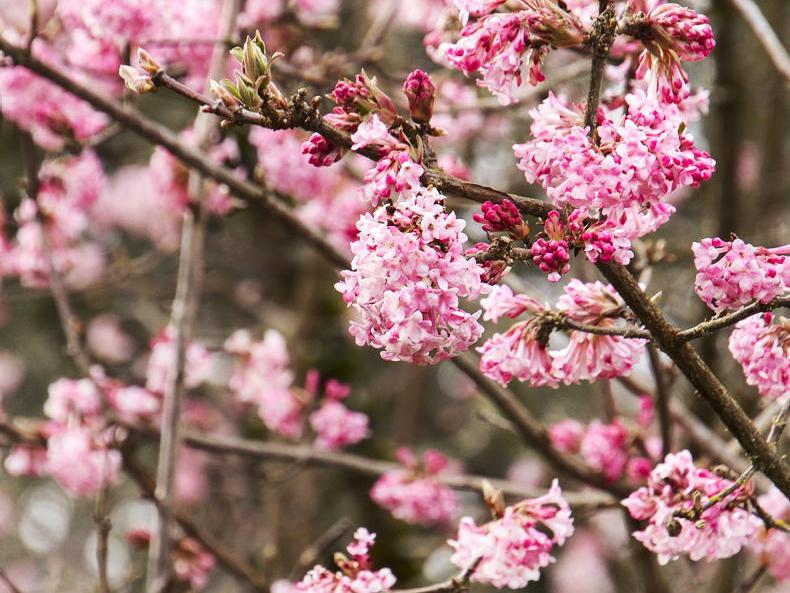

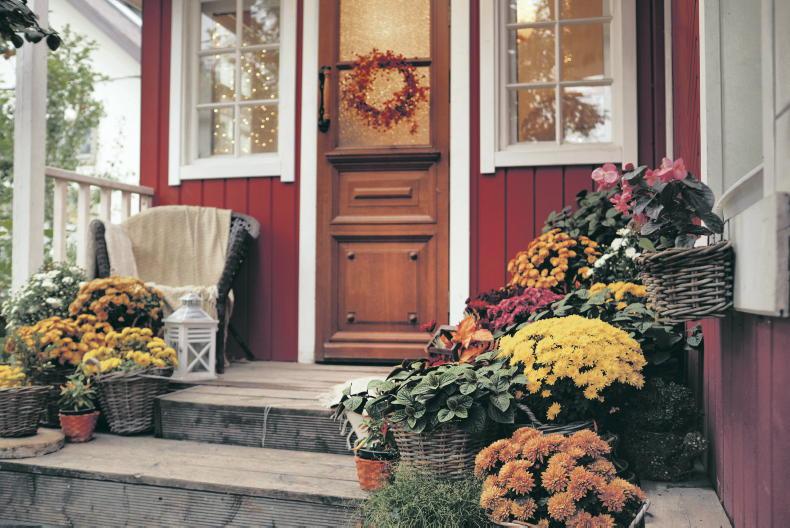
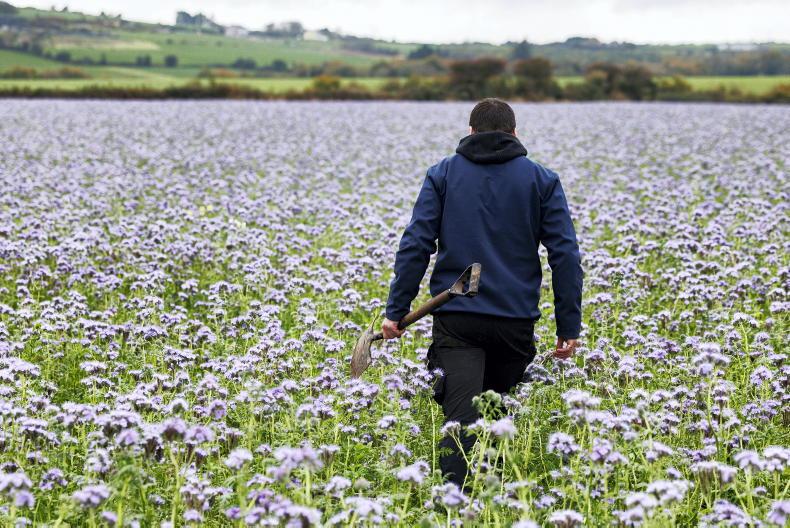
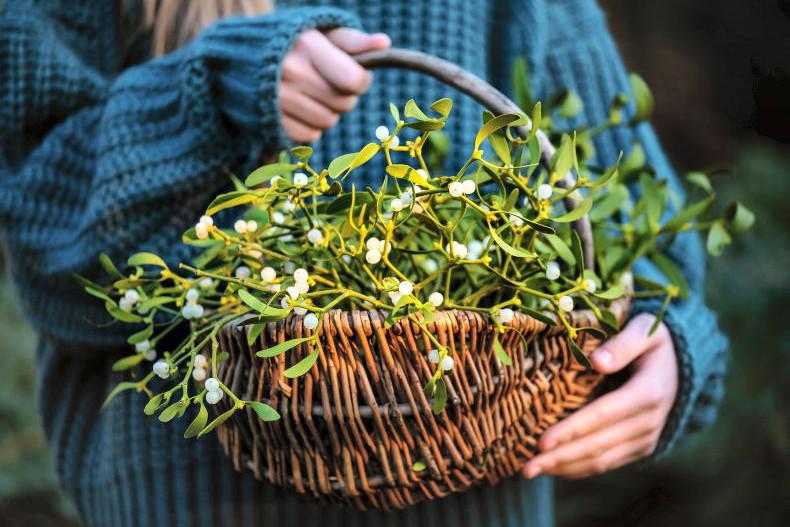
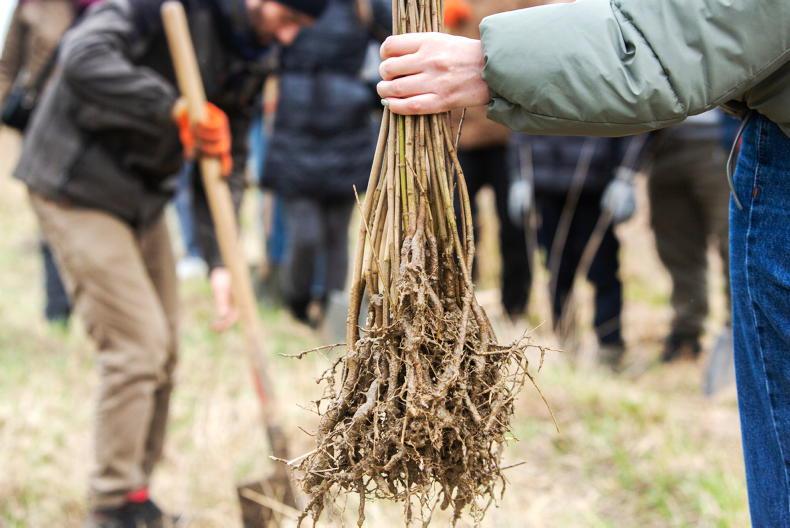
SHARING OPTIONS